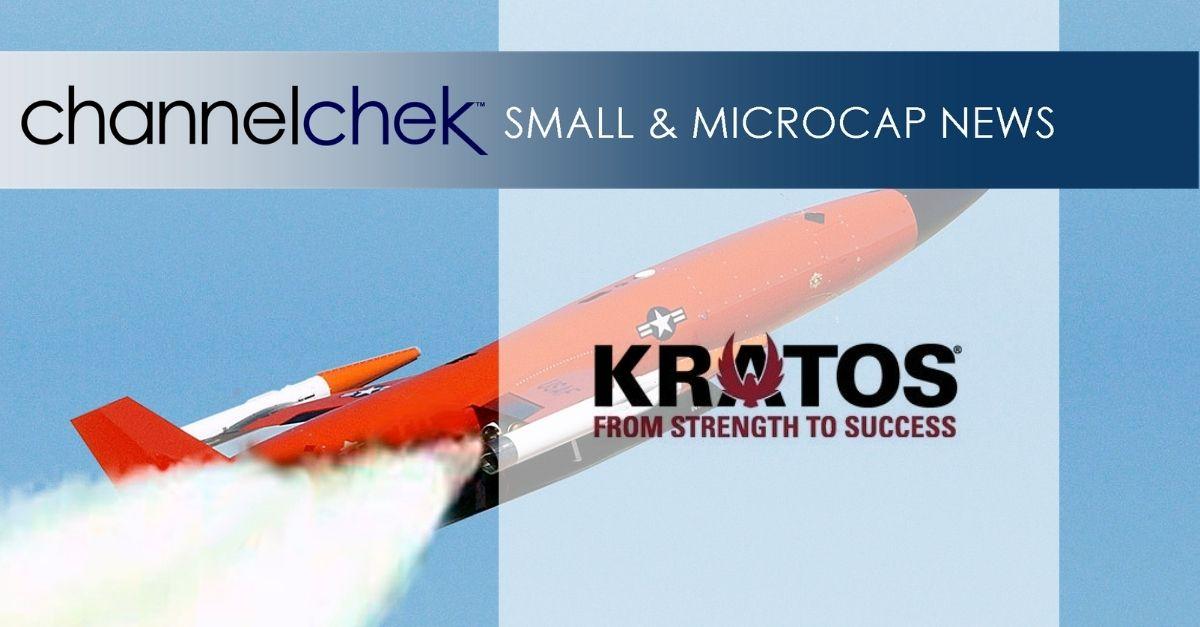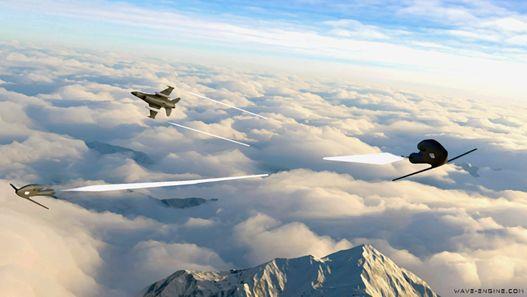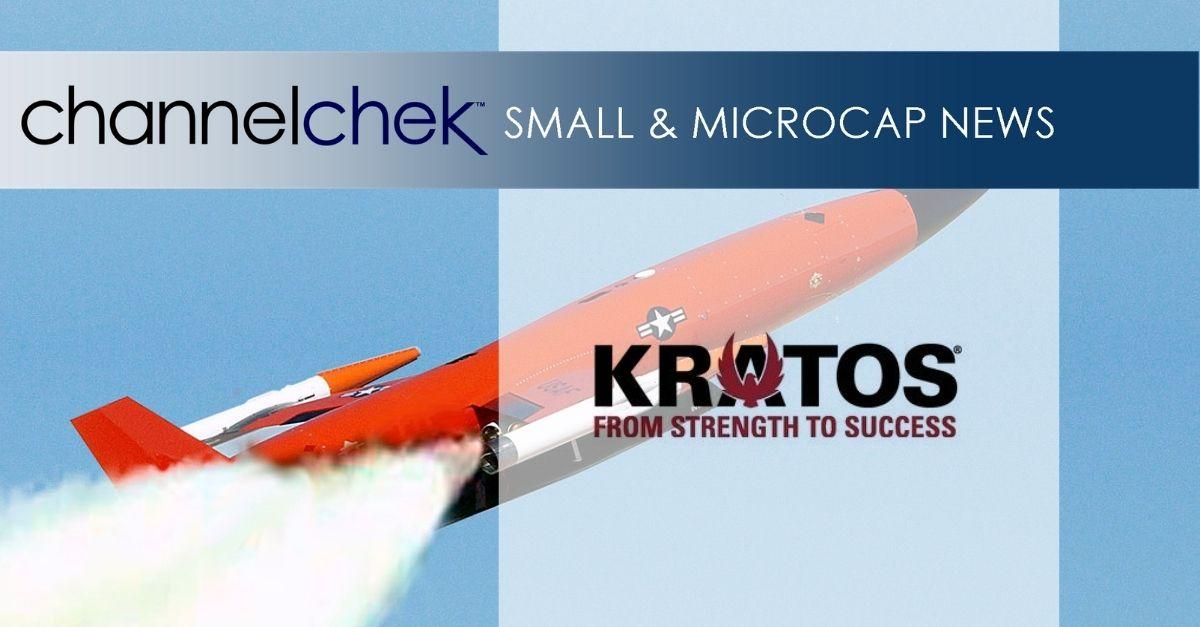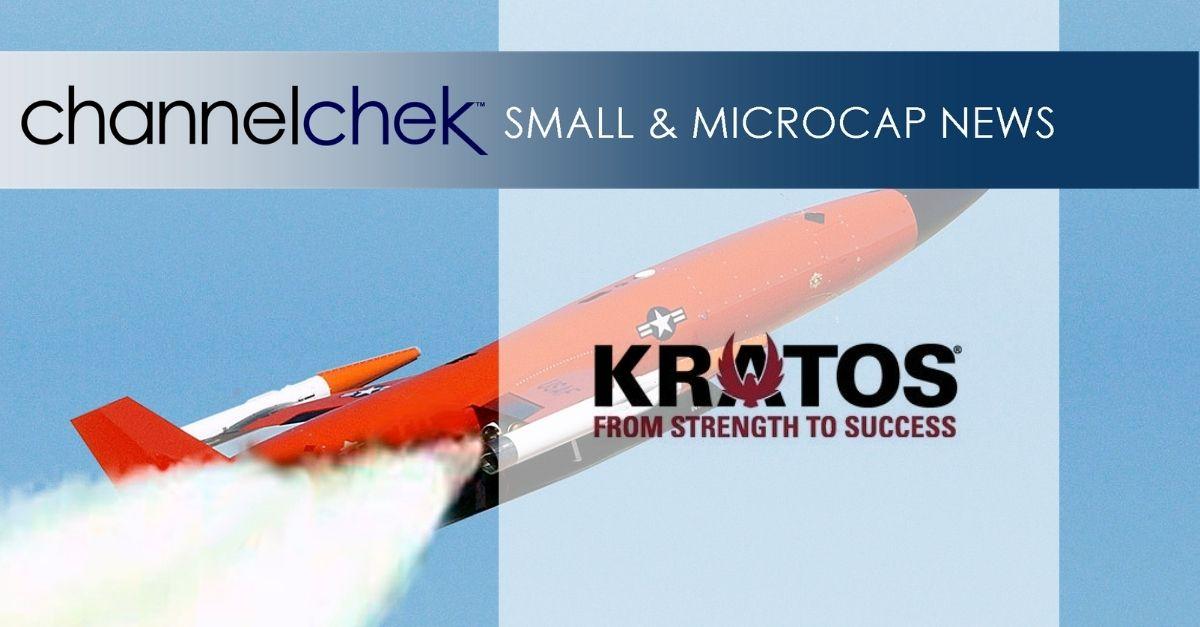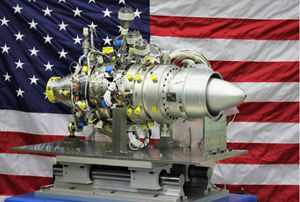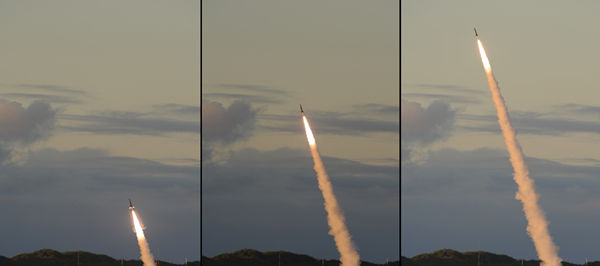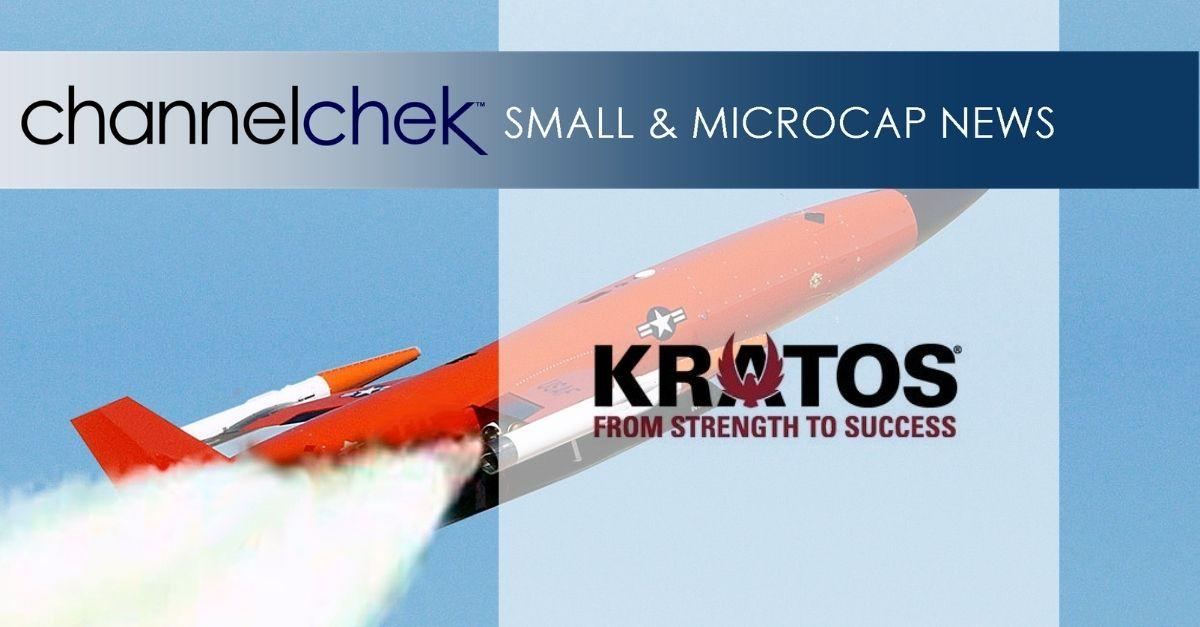Capitalizing on the New Space Race
The first piloted space flight was in May 1961. The first human footprint on the moon took place July of 1969. The initial space shuttle launch that allowed regular trips outside of Earth’s atmosphere was in April 1981. What all of these milestones have in common is they were taxpayer-funded with the equipment, design and ingenuity largely from private industry. Another attribute they all shared is they required extreme audacity, desire, and faith in human engineering, and understanding of what is possible. Spurred by these government lead projects, we have all benefitted from the resulting technology and infrastructure is benefitting us every day with our cars, phones, homes, and businesses.
New Space Age
We now are at the edge of being able to benefit more directly, as a passenger, or as an investor, even as a recipient of services from numerous public companies set to accomplish much more. The advancements within our reach now include the possibility of fusion-powered flight expected before the end of this decade, 3-D printer-assisted repairs in space, asteroid mining, and citizen passengers – each of which seemed impossible just a decade ago. How these fledgling companies will finance the leaps forward could require just as much ingenuity as the unearthly goals and initial vision.
Although SpaceX, Virgin Galactic, and the U.S. military’s Space Force steal the headlines, hundreds of off-the-radar start-ups have formed to find and fulfill their own mission in the changing field of travel, shipping, exploration, mining, and infrastructure. The expanding list of opportunities for investors include satellite manufacturing, edge computing, broadcast media, rocket design, fusion technologies, launch (and retrieval) infrastructure, special mining equipment, fuel technology, etc. – they will require a great deal of capital, and investor interest for every dollar needed to design-build, test and succeed in creating ongoing profitable enterprises.
From Ground Up Business Ecosystem
The infant space industry won’t have the luxury of being able to explore science for science’s sake. It will need to be focused on profitability and in many cases attracting and retaining patient investors. There are a number of companies now involved in space launch and landing capabilities. Without this fundamental infrastructure, the rest of the industry can not get off the ground. They will need to be able to compete with traditional government providers. But there is a growing need for the service of companies that launch smaller, uncomplicated satellites into orbit. There is such steady and increasing demand for smallsats; some of the launch companies placing them in orbit are already profitable. As with other forms of shipping or transport, competing for business has these companies striving to lower their cost of launch.
As launch becomes more common, affordable, and available, it will open up the rest of the space marketplace for growth. Not unlike the early stage of any industry, thriving depends on many co-dependencies. The launch companies are depending on the small and medium satellite producers, these producers rely on services companies, who, among other areas, are focused on satellite broadband, low-earth-orbit imaging, and weather monitoring. Some of these services then make launch easier, and the circular dependency matures and gets stronger.
One natural benefit this industry possesses is that NASA, NOAA, and the U.S. Department of Defense are still well-funded customers. This helps in what might otherwise have the same chicken and egg dilemma that the electric vehicles are experiencing with infrastructure needs. The category of space is extensive, and the needs are many and expanding. The U.S. and other countries as clients will help provide early revenue that should help launch and propel the industry to higher heights.
Take-Away
The interest in outer space among investors is more multi-faceted than any industry. In addition to profit, which is the foundation of any prudent investment, there is the passionate dream of commercial space travel, there is the human desire to be part of gaining more knowledge about our world or universe, younger Millennials and Generation Z may be more focused on the measuring climate change and perhaps relocation.
Information on many smaller companies that may benefit by making contributions within this sector is available on Channelchek. A quick search uncovered Astro Aerospace (ASDN) a designer, manufacturer, and coordinator of space deployable products. Kratos Defense and Security Systems, Inc. (KTOS) Kratos Defense & Security Solutions, Inc. provides engineering, information technology (IT) services, and warfighter solutions primarily in the United States. One-Stop Systems, Inc. (OSS) is engaged in designing, manufacturing, marketing high-end systems for high-performance computing (HPC) applications in harsh environments. Sky and Space Global (BENGF) is a nano-satellite manufacturer. They construct and operate a communications infrastructure based on nano-satellite technology and develop software systems that will deploy, maintain orbit control, and handle the communication network in space. Visit the Company Data section of Channelchek to explore and discover on your own.
Suggested Reading:
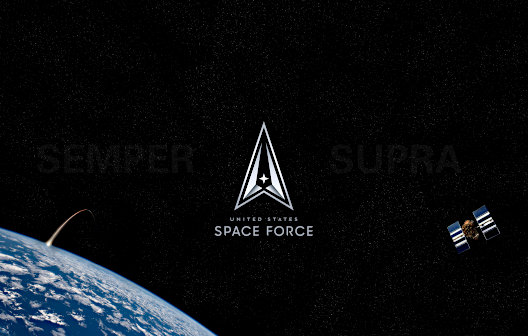 Space as a Lucrative Investment Space
|
 What Companies are Involved in Spaceflight?
|
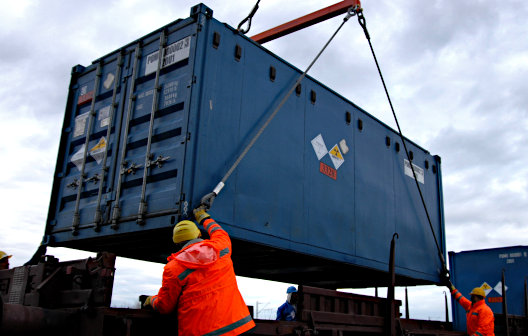 Can You Invest in Uranium Directly?
|
 Investors Will Need to Adjust to Super-Sized Small-Caps
|
Sources:
https://www.space.com/fusion-powered-spacecraft-could-launch-2028.html
https://www.morganstanley.com/ideas/space-earth-sustainability
https://www.morganstanley.com/ideas/future-space-economy
https://www.morganstanley.com/ideas/investing-in-space
https://youtu.be/VPnD42649_E?t=6
Stay up to date. Follow us:

|


